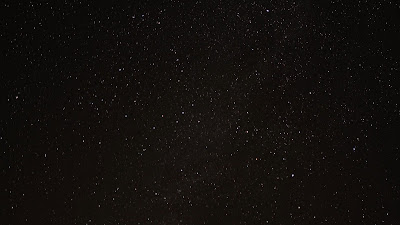While I enjoyed what I got, I was using a new time lapse feature that automated the capture differently than how I normally have in the past. I was able to calculate my exposure using the ever popular "500 rule", which came out to about a 15-second exposure for each frame. In the past, that meant I needed to set an interval that was HIGHER than 15 seconds to correctly create the time lapse. Little did I know, this new program factored in the camera's shutter into the interval, which means I could have gotten away with setting a 1-second interval instead of the 16 seconds I had it programmed for. The camera was also set to go dark, so it did not waste any battery life in inconsequential features. Since the interval and the shutter time were almost identical, I did not notice that the camera was firing off every other 15 seconds. The result, while still striking, was about half the amount of frames that I was hoping for in the time I had allotted to be outside, awake and away from my sleeping family.
Let it be a lesson though to anyone looking to go out and do the same. ALWAYS test new methods and equipment, especially if you are going to places you can't frequent.
You are welcome to use this video in your projects you are working on or keep it in your clip library for future work.The only thing you cannot do is turn around and offer it AS stock footage. Have fun with it!
You can preview and download the video file by clicking "read more" below. Happy Downloading!
As always, please e-mail, like us or share this on Facebook, Tweet, Google Plus, Pinterest or do whatever you can to spread the word about this site. Thanks!
This video was shot using a Sony A7SII and a Sigma 24mm f/1.8 EX DG Lens


